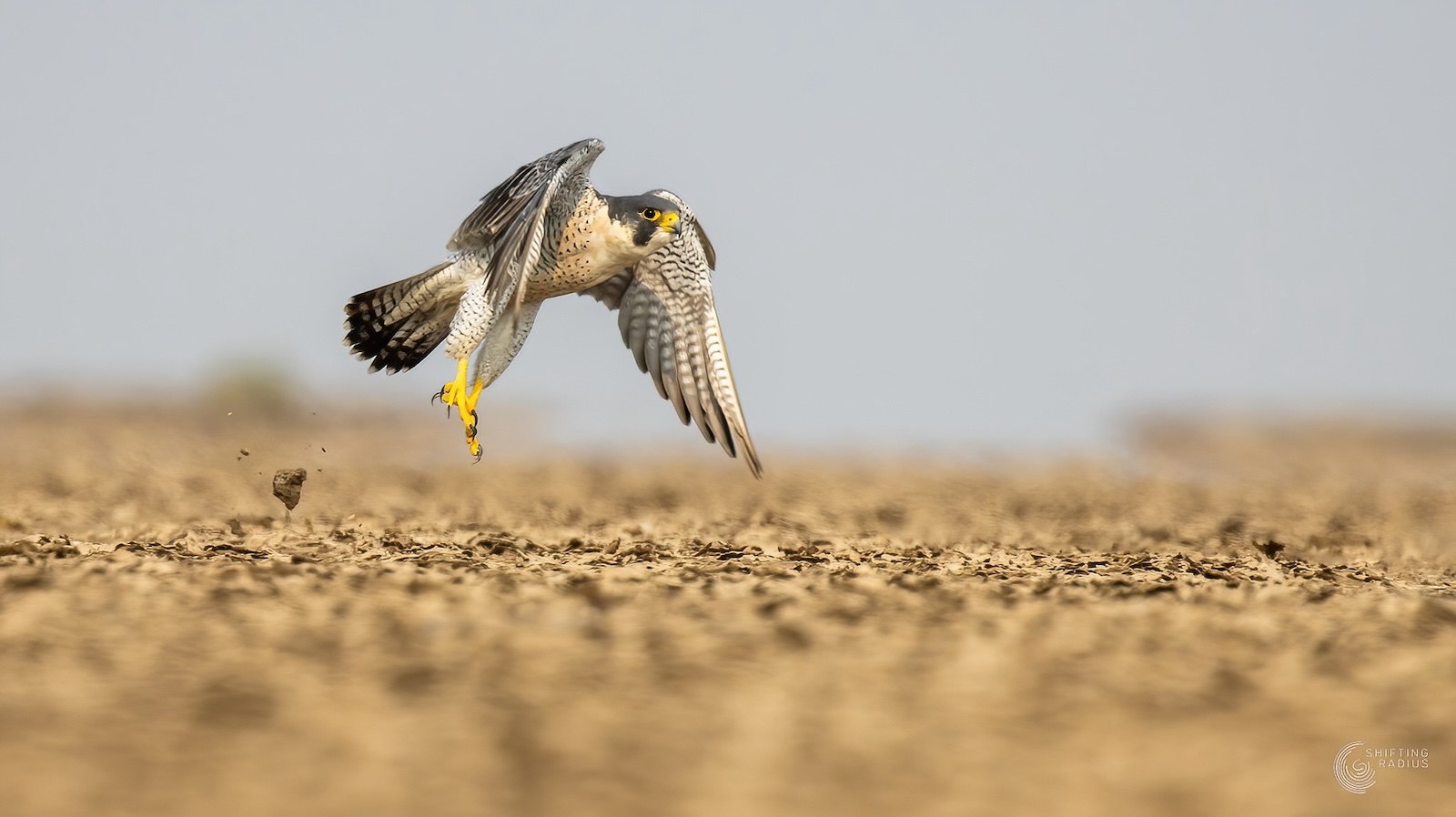By now, most of you are familiar with the fact that Red Avadavats is one of my favorite species. I’ve spent hours watching them across months and also managed to see the transformation of colors, especially how the male goes from dull to bright red to dull again. Here’s a timeline of what I managed across the months.
If birds had a fashion contest, the red avadavat, also known as the strawberry finch, would take home the trophy. This tiny bird, barely the size of a thumb, proves that style isn’t about size—it’s about flair.
During breeding season, the males undergo a complete makeover, swapping their usual brownish feathers for a dazzling red coat sprinkled with white spots. They turn into flying strawberries, hoping to impress the ladies. Meanwhile, the females, ever practical, stick to their subtle brown, probably rolling their eyes at the unnecessary drama.
This one was in July 2020. My first ever sighting of a male. This was also my only sighting that month.

In August, we started seeing flocks together and the males had started turning red.

Found across South and Southeast Asia, Red Avadavats love grasslands and wetlands, flitting around in small, noisy flocks. Their social lives are lively, full of chirping, foraging, and random jumps that make them look like tiny feathered acrobats.

By September, these guys started pairing up and build their nests. I managed to spot at least 5 nesting areas during this period. To ensure that I don’t disturb them, didn’t get close enough to see how these nests actually looked like.

Despite their bright appearance, these little birds are experts in the art of vanishing. If danger lurks, they disappear into the undergrowth in an instant. Considering they look like tiny red targets, that’s an impressive survival skill.

October is probably when they laid eggs and were on a feeding frenzy (for themselves).


Did not see a lot after that and by November, I could probably spot a pair or two around. And, interestingly one of them was working on a nest.


And, that was it. Did not find these guys after that at all. All through December and Jan 2021. End of Jan (30th to be precise), I spotted a pair and managed to click only the female. The male, still had a decent shade of red.


By Feb, forget the males losing their colors, started spotting juveniles. What a treat to have followed this cycle of life.


Their diet is simple—mostly seeds, some insects, and a bit of grass. Even stylish birds need their greens.


Update: We are in March now, and looks like the males have completely lost their color. It’s now almost impossible to tell them apart from females.


If you’re lucky enough to spot a red avadavat in its full red splendor, you’ve witnessed one of nature’s best color-changing performances. From drab to dazzling, this little bird knows how to make an entrance.

Avadavat Q&A:
Why is it called the strawberry finch?
Because when the males are in their breeding colors, they look like tiny strawberries with wings. No, they don’t taste like strawberries. Yes, someone had asked.
Are red avadavats good pets?
They are popular in the pet trade, but they thrive best in the wild—where they can flirt, fly, and fashionably molt on their own terms.
For more such interesting facts and real photos shot by me, do subscribe to our newsletter now.
This was originally posted on shiftingradius.com on Feb 16, 2021




